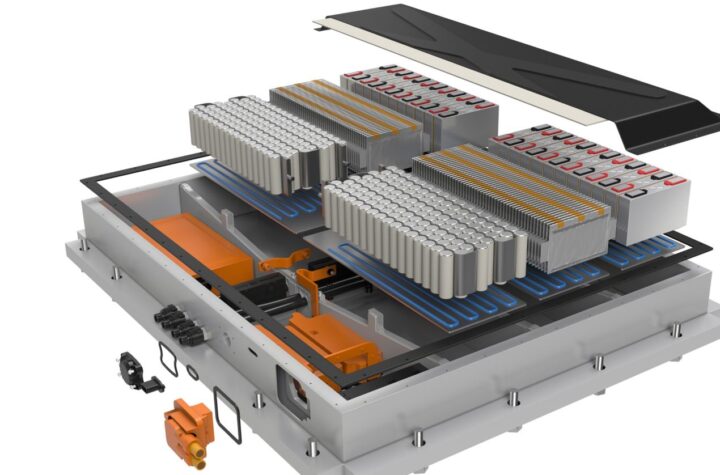
One of the really thorny issues in deploying solar, wind and electric-car technologies involves efficiently storing energy. With that in mind, Battelle scientists are in the early stages of developing a technology that addresses storage needs affordably.
The supercapacitor technology developed on Battelle’s Columbus campus is projected to capture and store large amounts of electricity for extended time periods and also release the energy quickly.
Battelle’s technology could be applicable in plug-in hybrid electrical vehicles (PHEV) because the current energy storage technology is bulky and inefficient. Spencer Pugh, Vice President and manager of Industrial and International Markets for Battelle’s National Security division, says current batteries can’t store or release power fast enough. The Battelle solution seeks to do both.
“Energy storage is an area expected to undergo dramatic growth simply because it has been a severely limiting factor in extending advancements in solar, wind and tidal power and in automobiles — likewise for small electronic devices which need to be light but also powerful,” Pugh said.
The immediate goal is to extend the current research and develop supercapacitors with energy density approaching that of present lithium ion batteries, but with extended recharging lifetime, said Battelle Senior Research Scientist Steven Risser, who leads the research team. “We anticipate the energy density will be maybe 10 times that of present capacitors and the cycling lifetime along this path may be 10 times that of present lithium ion batteries.”
With the importance of mitigating global climate change by augmenting fossil-based power sources, such an energy storage technology could be a boon for many areas of the newly emerging “green” economy. Charles Lucius, Battelle’s Vice President for Sustainable Energy Solutions, said energy storage is a critical enabling technology required for effective deployment of most renewable energy sources on an even broader scale. “This is an excellent example of Battelle focusing its efforts on a key technology with application to many markets. This represents an important step along the path that will enable us to take advantage of a variety of renewable energy sources that are needed in the future,” he said.
The key discovery, Risser said, was how to modify a novel composite of nano-sized metal oxides mixed with various forms of carbon. By altering the metal composition, the researchers can tune performance for specific applications ranging from on-grid and off-grid energy storage to hybrid automobiles, consumer electronics and home solar and wind power systems.
“We are continuing to improve this technology,” said Pugh, “and we are interested in talking with industrial partners who want to commercialize or license this technology.”
As the world’s largest, independent research and development organization, Battelle provides innovative solutions to the world’s most pressing needs through its four global businesses: Laboratory Management, National Security, Energy Technology, and Health and Life Sciences. It advances scientific discovery and application by conducting $5.6 billion in global R&D annually through contract research, laboratory management and technology commercialization.












More Stories
DuPont materials science advances next generation of EV batteries at The Battery Show
Cybord warns of dangers of the stability illusion
Avery Dennison PSA tapes support rapid evolution of EV batteries